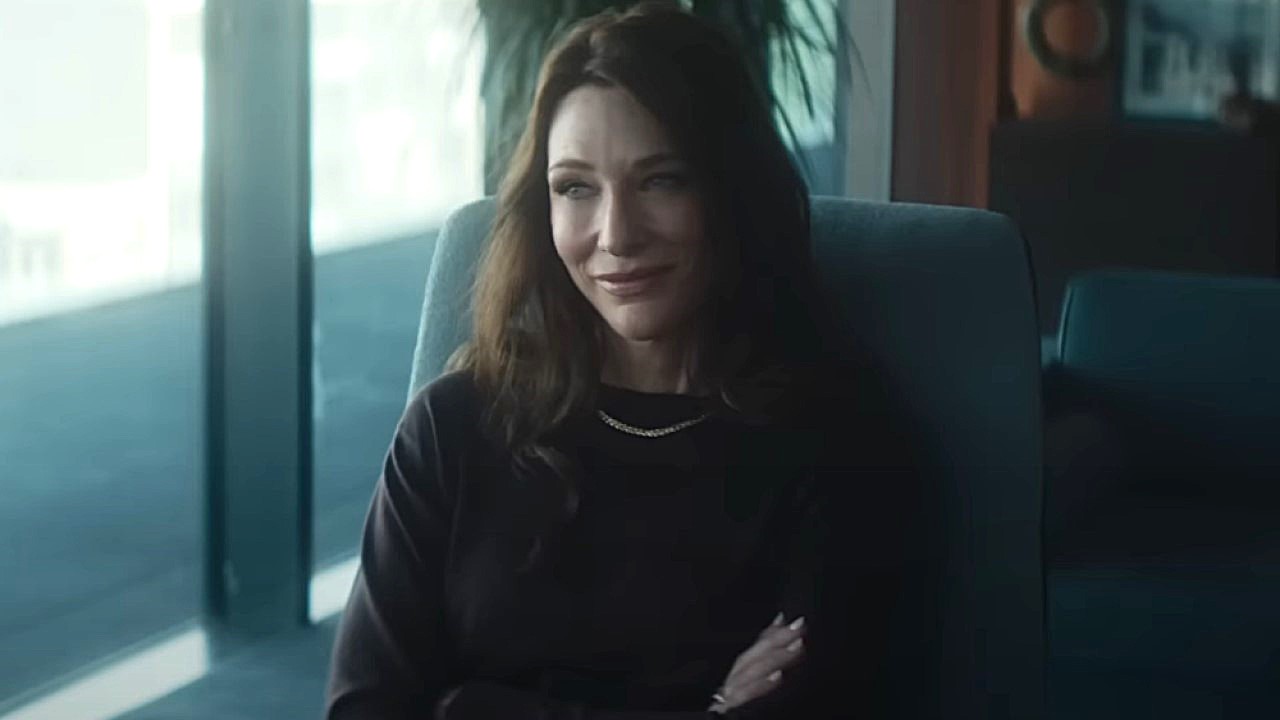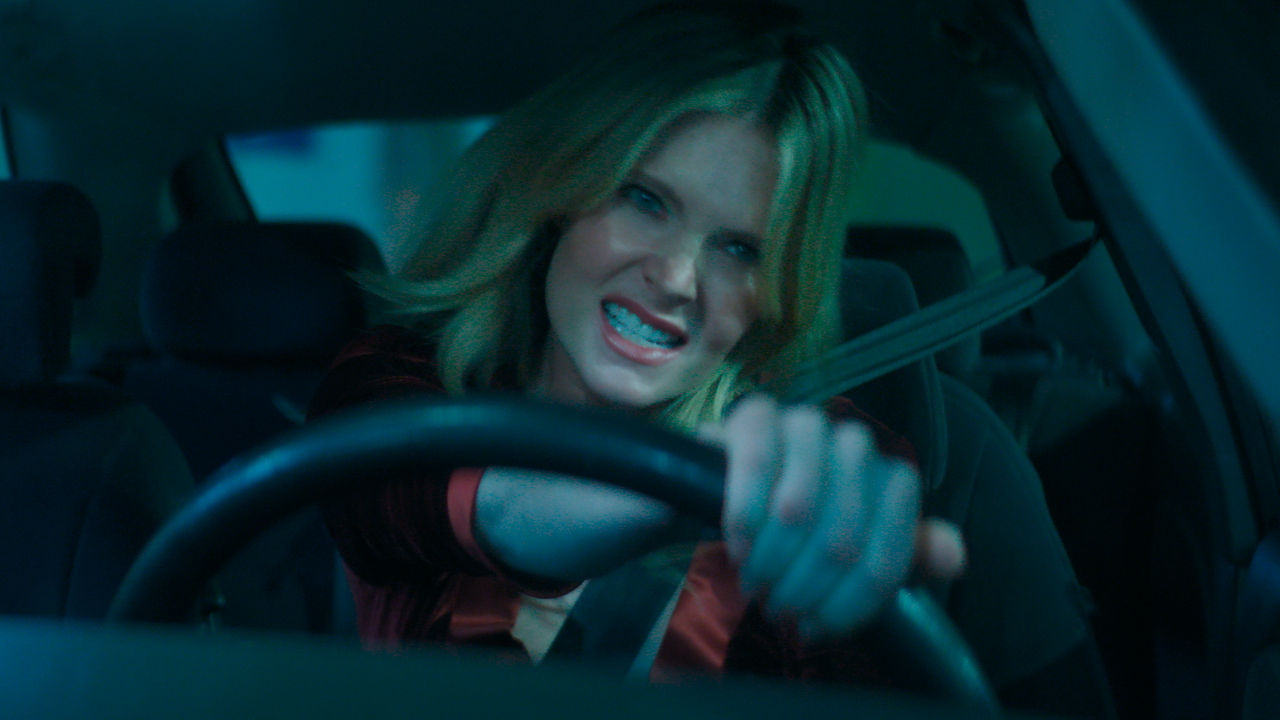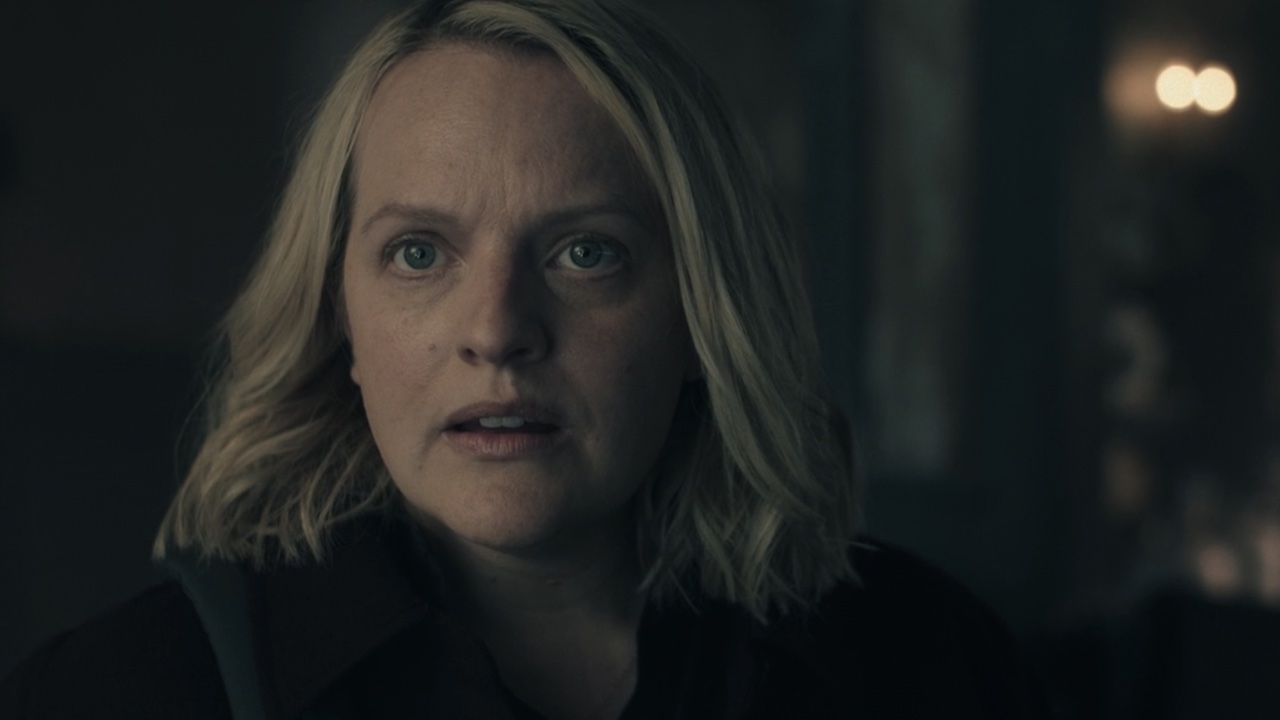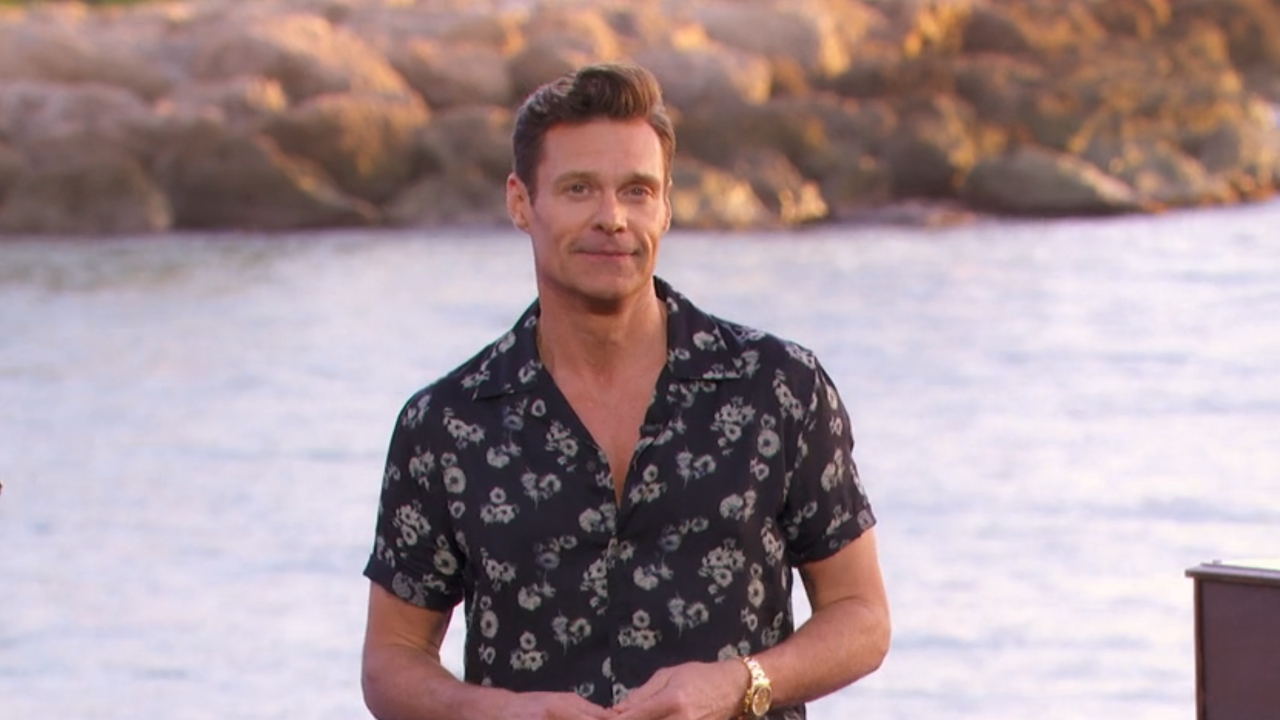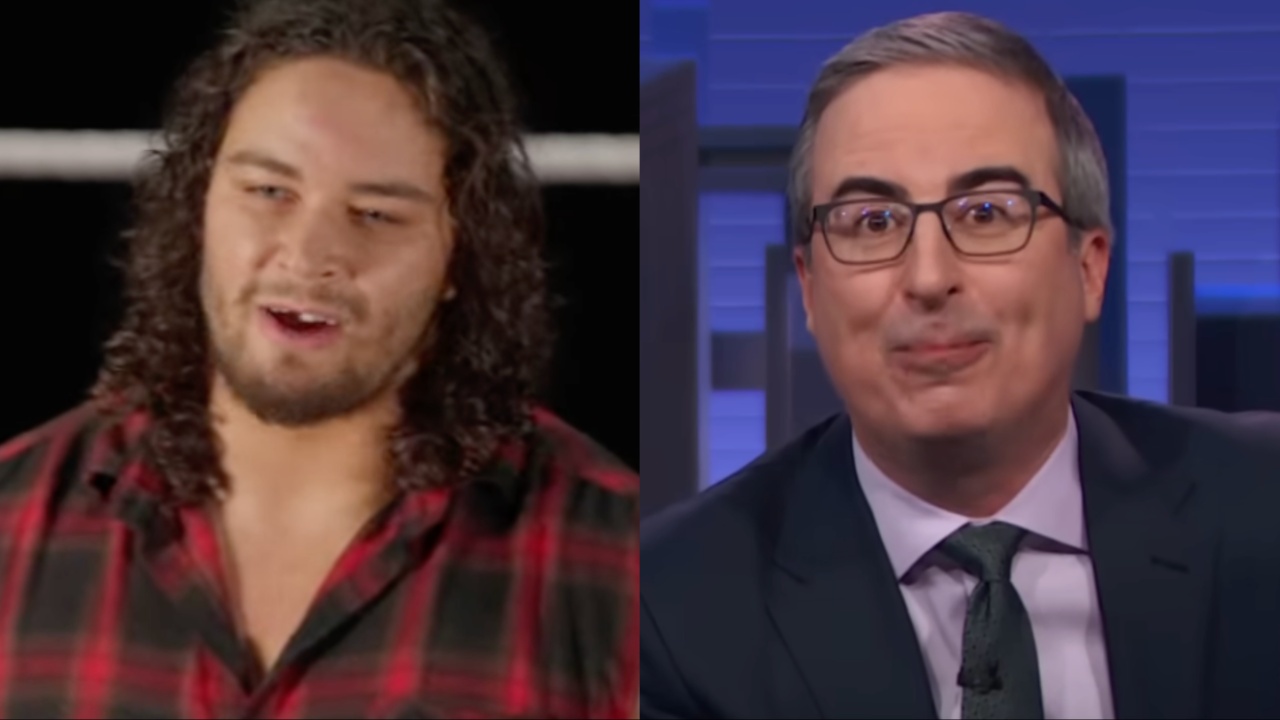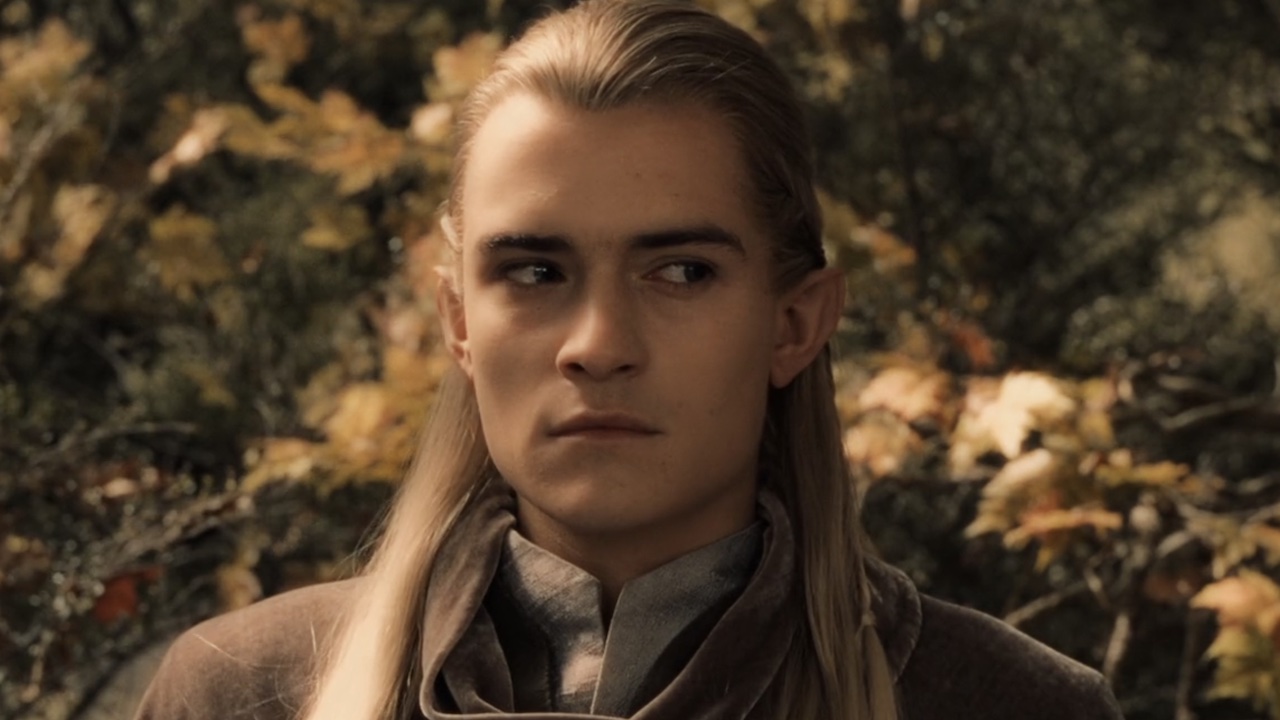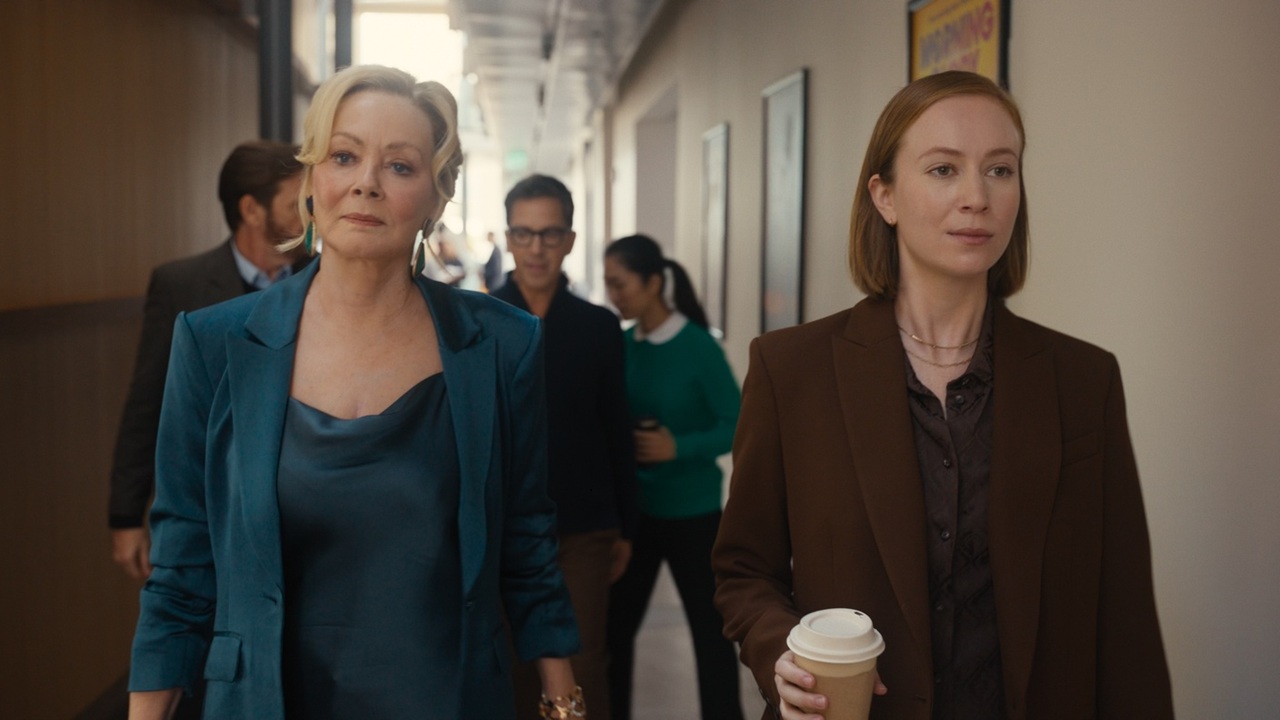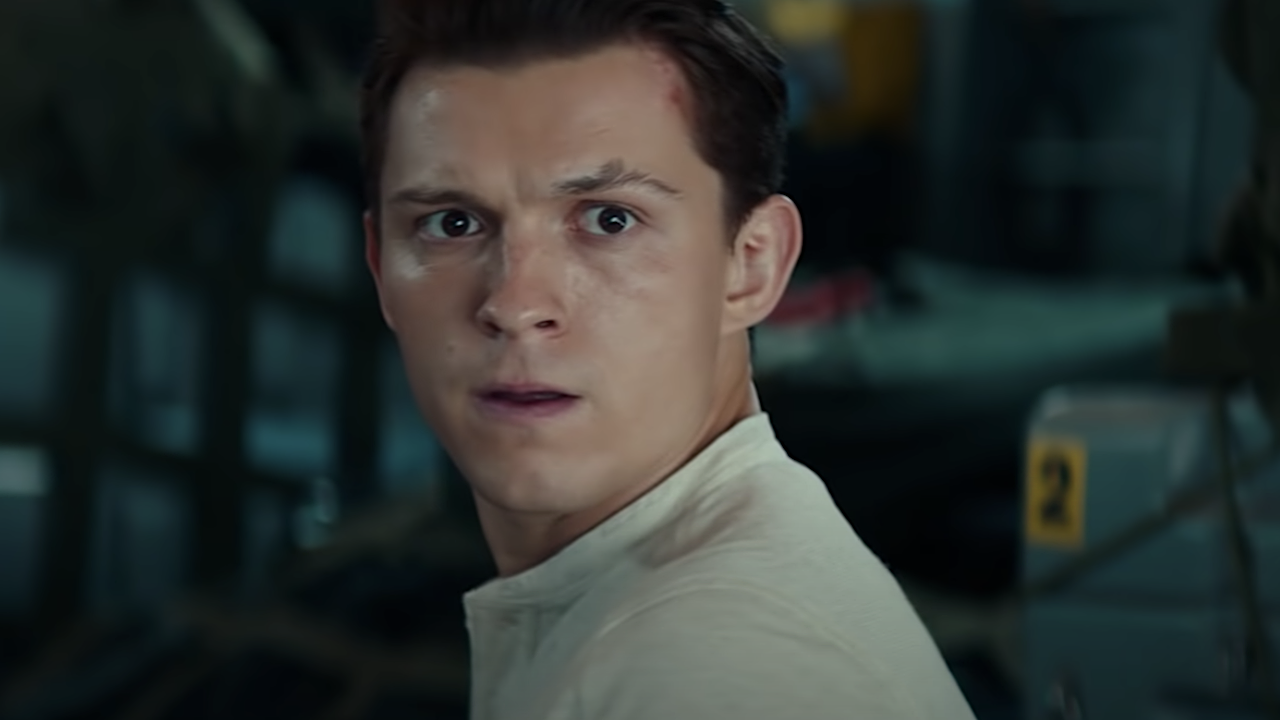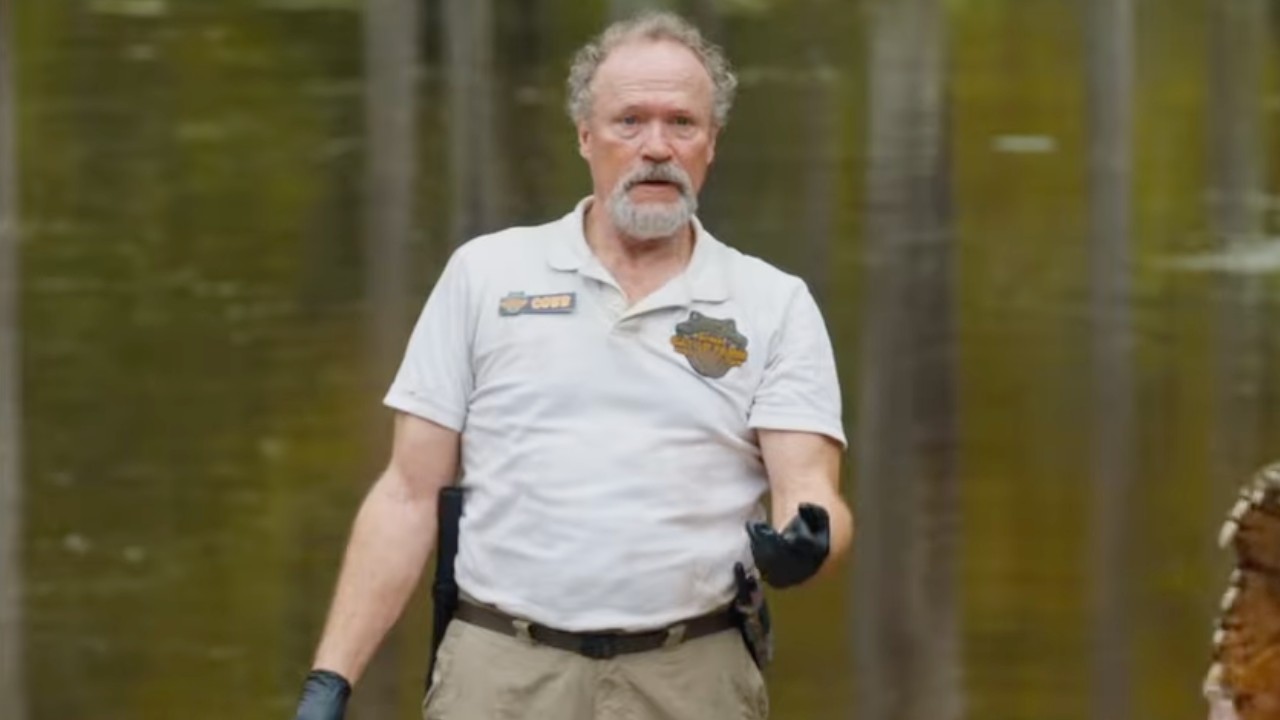Exclusive Interview: The Green Hornet Director Michel Gondry
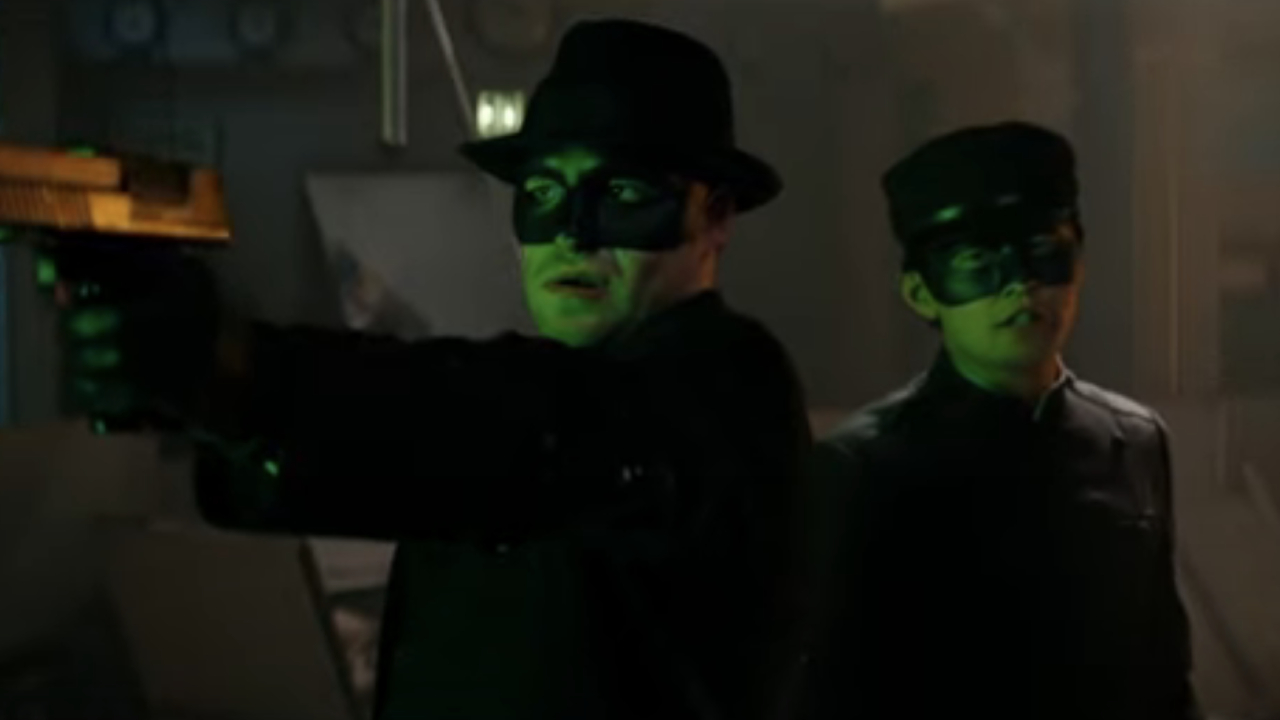
When you think of Michel Gondry, you think of the director of films such as Eternal Sunshine of the Spotless Mind and Be Kind Rewind. He’s the guy behind all of those really cool music videos by The White Stripes and The Chemical Brothers. What you don’t think of his superheroes, martial arts and giant explosions. But how good a director can you be if you don’t keep your audience on its toes and expecting something new?
Both Katey Rich and I had the incredible opportunity to sit down with the eclectic director one-on-one this year, Katey speaking with Gondry as he promoted the film at Comic Con, while I interviewed him this past weekend. Read on below for our combined conversation in which the filmmaker discusses what it was like working with an international cast, balancing the film’s tone, working with the super car known as The Black Beauty and the development of his newest effect, known as Kato Vision.
You as a director, perfectly exemplified by your work on this film, don’t seem to be tied down to any specific genre.
I like my contribution to be not on the outside but on the inside. So it might mean that the outside may change may change as much as possible, but the inside stays consistent. And on the inside, I shoot people in a way that makes the audience feel equal to them. And it’s hard to express and it’s hard to execute but I think it works on every level - the choice of the material the choice of the actor, my relationship with the actor, and so on. I think I’ve tried that on every movie and sometimes it comes across.
One aspect in the making of this film that’s very interesting is the internationality of the cast and yourself, Christoph Waltz being Austrian, Jay Chou being Taiwanese and yourself being from France. How did that affect the production and did it make things difficult?
I think it works because we all have a similar sense of humor. When I speak most people don’t have a clue what I’m saying. It’s very funny when I look at the dailies because I don’t call cut between the takes – it’s my way to help the actor keep focused. As soon as you say “cut” you have 10 people jumping on them and everybody’s trying to do a great job, and they do, but sometimes they forget that the more important thing is the performance, creating the performance. When I play those dailies, I hear my direction between the takes, so I hear “[covering his mouth and mumbling]” So then I see they’re look toward the camera, toward me and toward each other, and I hear, “I think he asked you to speak a little louder. I’m not sure.” There’s a certain amount of confusion that makes them unsure what to do and I think it keeps them in the moment. Not that I do it on purpose, because if I wanted to do a good accent I could not.
So that’s one thing, and the fact that we’re coming from all different horizons, I like the way Neal [Moritz] put it in the table interview. It was not a recipe that was a given, but at the end we all fought for each other and that’s why the movie works, in my opinion. Sometimes it’s interesting. You don’t take the obvious and it works.
CINEMABLEND NEWSLETTER
Your Daily Blend of Entertainment News
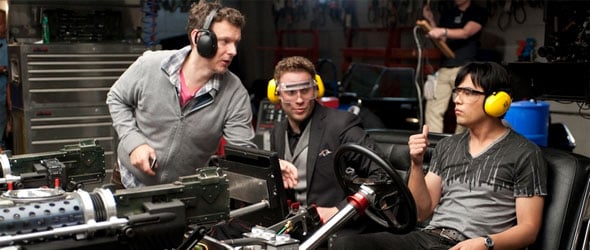
One thing that I think is going to blow everybody away is what you call Kato Vision. It feels like something you think of in a dream and wake up saying, “Eureka!” How did you come up with the idea to shoot the action scenes that way?
It’s a lot of little things. For instance, I imagined what people felt when they saw slow motion shot for the first time. I think it happened in 1905, and I know, for instance, a magical trick of somebody disappearing. By chance they were shooting in front of the opera in Paris and the undertaker car was parked there. The camera got blocked, and by the time it started again the car had gone, and as a result, on the screen, you saw it disappear. And that was the first example of something disappearing. On the same thing, the first dolly track was somebody who had the idea to put the camera on a boat on a canal. So the boat would move very slowly but steadily. So they would see all that surrounds you and you’d see the landscape changing slowly. So that was the first time.
And I was trying to figure out what it would be like the first time you see in slow motion, because now you’ve seen a slow motion scene and you’ve seen that a million times in every fight sequence in many movies. So I was thinking what can I do to get back to that feeling now. And I thought of many different things. One thing was to change the speed during the take at a different time for each character. So one goes fast and one goes slow and then it’s reversed, but it’s the same take, and to make everything more complicated, everything’s moving. Everything seems to be of a rare world because the camera moves all at once and Kato is going much faster than those guys, who are barely moving and then it’s reversed.
And this way is very unsettling because we don’t know how it’s made and I think it’s by combining effects. And there is the effect of repetition, which came from when I met Missy Elliot for a video years ago and she told me she wanted me to direct her video. I ended up not doing it, but she told me, “Michel, I want you to make a 3D effect that you can see without the glasses on television.” “That’s impossible! You need the glasses!” And then I thought, “Maybe I can do something that makes you feel like it’s popping out like in 3D, and you don’t need the glasses to see.” And I came up with this effect, which I actually couldn’t use for her video and I did it for the Chemical Brothers where everything multiplies, like a video effect, but then it becomes real. I think I used some of that for Kato Vision.
And there are other effects as well, but I think every time… I remember one effect that I invented for the Rolling Stone video. I never did drugs, so I don’t have this thing that a lot of people, like my son’s friend, they always convince me that they’re a drug addict from the video effects I make. So I asked a friend, it was a video that somebody had arranged called “Like A Rolling Stone,” a cover of the Bob Dylan song, and it was about some girl, it was actually Edie Sedgwick, the girl from the Warhol Factory who died of an overdose. And I wanted to see her vision when she was on drugs. So I asked my friend who did acid and stuff like that, “How did it look?” And he’s like, “It’s hard to describe. I think you see the world as when you drink your tea and the surface gets cold. There’s a bit of fragment that starts to separate in blocks” and that was his description and I had that in mind. And I thought, “Okay, I’m going to take still images and I’m going to keep the action moving, but the background is going to get stuck to it, because by morphing the image one to the image two, I’m going to morph the body of the main character to be smooth and make it feel like it’s walking through the landscape. But then the landscape is going to get stuck to his leg because he can’t move everything through the morph. So we created this effect. So that’s how I came up with the idea and I tried to come up with a prospective that’s not the result, but the reason. That doesn’t mean it’s going to look like this or like that, but something that means something. It’s how I came up with Kato Vision.
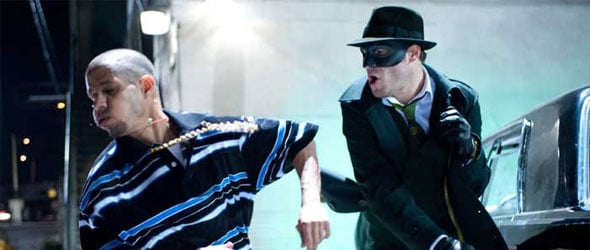
For this film you worked with two of the best comedic screenwriters working today in Seth Rogen and Evan Goldberg, but The Green Hornet is also very much an action movie. Both in production and in post, when and where was your mindset in terms of balancing the tone?
All the time. Basically, no matter what movie I shoot you have to work on the tone. Especially in my situation, it’s not like somebody who does a play and they rehearse for months before they start to act, to really produce something. They come from such different horizons, each of them. So you have to experiment, you have to walk on the talk, basically, because everybody has a different movie in their mind. I have to talk to them separately and, it’s not manipulating them, but I have to make sure there’s something consistent, and that’s the tone of the film. But it’s not a given. It’s not something that’s clear in the beginning, but we knew that we wanted the action to be hyper real and feel the danger and the stakes must be high, the collision, the explosions, all of that. But I wanted the character to drive, to be seen as the main driving force within all of this chaos.
When we were shooting, I kept asking Seth, “So you don’t say much here. You need to come up with a joke or something,” and he said, “Don’t worry, we’re going to do that later.” And it just came at the very end of the process, it all came together. We knew we didn’t want to make a spoof, because it would have narrowed the potential of the film so much. In order to make an action/comedy, like, at worst, a buddy movie – but still I like buddy movies – but something between action, and comedy and buddy movie. Some type of genre that sort of disappeared through the years when CGI took over, where the world is overtaking the individual a little bit.
The budget on this film is much higher than what you are typically used to working with and operates on a higher scale. Was there any particular aspect of the production that you found to be a challenge?
Yeah, it’s been a challenge for every movie I’ve directed, but with this one is was the challenge to understand that it was teamwork. Everybody would have different opinions and I didn’t have the potential to say okay. I decided that it was going to be like that. Maybe Seth had a little more in this production, but nobody had it. It just comes how it is by multiple bombardment of ideas and argument and agreement. So that was a challenge. I just did an episode of Flight of the Conchords for TV before, and it was a very good experience because I noticed that the producer was the writer and was talking with the actor who was the writer too – all of this cycle of connections that I was not a part of and I had to jump in to be a part of it. It was a very good experience and I think the relationship between the producer, the writer and the actor, which doesn’t necessarily include the director, and I wanted to be part of that. So I’ve learned how to understand it.
It’s different and it’s very interesting, as well, the way they really take care of their jobs the really listen to audience reaction through test screening and they respond to their reactions to make the film an exhilarating experience. Sometimes we would be hearing people laugh and we had no idea. Like when you see the seven dead people in green dead on the floor, and Christoph talks to his right hand man and he screams at him, we had no idea why people were laughing. And he’s called Popeye. And then we changed the word “Popeye” and put it in another part of the movie just before, when he tells him to go and kill the Green Hornet, and he calls him Popeye and people laughed there. And we realized that it was the word “Popeye” that made people laugh because he had one eye missing. We had no clue. We were taking bets. “Oh, it’s because the guy has a green shirt with a baseball team that’s famous for being green, that’s what’s funny.” Or the other one, “It’s the tone that’s funny.” Nobody understood until we changed the placement of the word “Popeye.” This part of the work I had no idea about, but it was really fun to learn that.
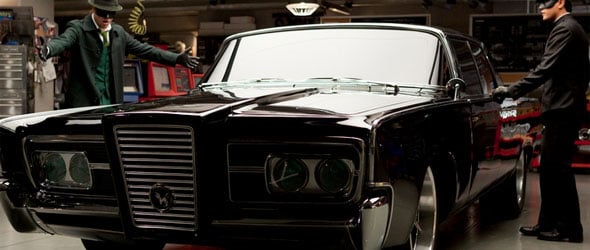
There's so much going on to promote the movie. Does it feel kind of overwhelming to see all this big stuff for your own movie?
I don't think it's my movie. It's a movie of many people. It's not like they took The Science of Sleep and put babes in cardboard outfits. [Though] that would be fun. I would not mind actually. What's funny is actually the Black Beauty was the cheapest car by far. To buy a Chrysler from this year is probably $10,000. Which was great because we could do whatever we wanted with the car. When we decided to keep the same car it was such a relief for everybody. Before we had tried to make deals with companies to make a modern version, and it would have been dated so fast. We decided to stay with Chrysler. That was actually the first thing my son told me when I told him I was doing The Green Hornet again. He said, "You'd better keep the car from the 60s."
When you have the cheap car, what's the stuff you can do with it you wouldn't be able to do otherwise?
At some point I think we had 25 of them. Because at every stage it becomes completely destroyed. It's like Duel a little bit, the first Spielberg movie. It's its own character. The car gets split in half and keeps going, and at the end it flies off [a building]. Everything happens with the car.
Have you been a car enthusiast before?
No, in fact I learned to drive when I was 35. I'm driving like an old lady and very close to the wheel. I don't take many risks, and when people yell at me I say "sorry, sorry, sorry!" I don't have road rage yet. I like cars as toys. Since Britt has this huge house, i wanted at some point, since his father is dead, that he put a huge racing track for a little car in his house. But we didn't do it.
Can you not start on anything else until you see how this does and where it takes you?
A little. I don't stop completely. The stuff I do with my camera at home, some animation, I will always do no matter what, if it's a big hit or complete chaos. I will still have my 16 mm camera and I can do whatever I want.
Staff Writer at CinemaBlend
'You Feel Like You’re On The Team With Michael Jordan.': The Handmaid's Tale Cast Shares What It's Like Working With Elisabeth Moss As She Directs, Stars, And Produces
'It's Either Good News Or Bad News': Watson Stars Celebrate CBS' Early Season 2 Renewal, But Fans Should Prepare For Trouble

